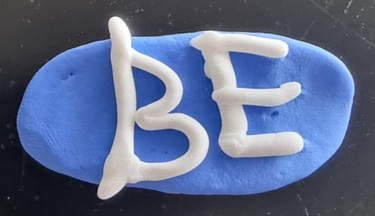Facing Future! Rapid Ice Loss At Both Poles! Sea Ice Crisis! Sea Level Rise! Coastal Storms! Major Lasting Disasters! In the case of deserted cities and suburban areas citizens will have little to no relief and no way to find shelter, water, and food. Infrastructure needed preparation plan…
Firstly, we need to be above expected sea level, with stored water catchments, food, crop rotations, and sustainable living!
We’ll need indoor crop rotations! Fish Farms can be built, hydro veggies and hydro grass to feed livestock animals. This can be achieved! Through multi-level buildings we can build reliable life sustaining sources. Inevitably to achieve this plan, it will take Forward Thinking and planning.
Recycling Plastic, Knowledge of Machines and Product variations.
For those that are struggling at home, to feed those that live there and sell produce, we can set up common home farm shear buildings, for people without a home base community. We can do this by using Poli Brick interlocking wall cladding, Renewlogy plastic to fuel,. Once factories setup it will the cost a 1/3 of the price of containable housing, and the 3 plastics that were unable to be remodelled and be reused can be used.
Water curing, Rubbish removal and contamination from polluted water. Cleaning of Parasites, Bacteria and Pollution. Air Carbon Neutral goal in polluted cities, also has water restrictions in mind.
Mind skills known now are only known through discovery, we can form machine procedures then pass down to apprentice workers. If one is to forget any of these skills, it will be hard if not impossible to rediscover, as there will be a lack of experience. Machinery procedure moulds the knowledge of the material, gathering skills needed to be remembered.
Videos Cropped into this Booklet. Videos also available Cropped and available on my Facebook page. Benjamin James Hattie.
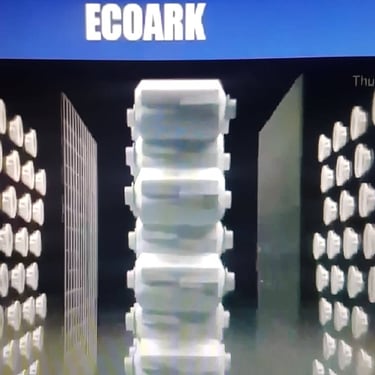
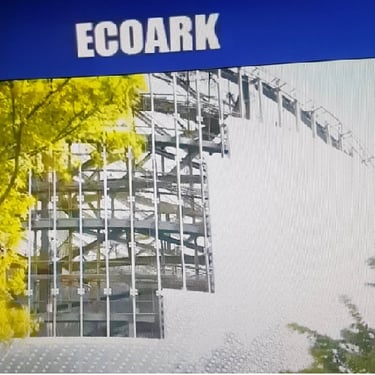
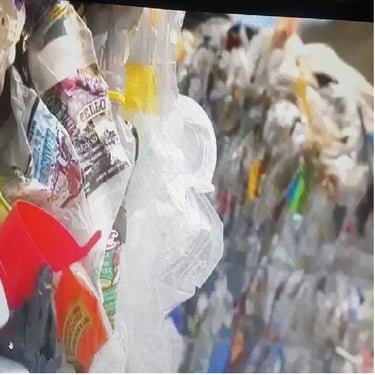
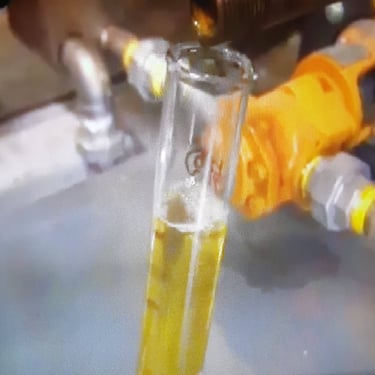
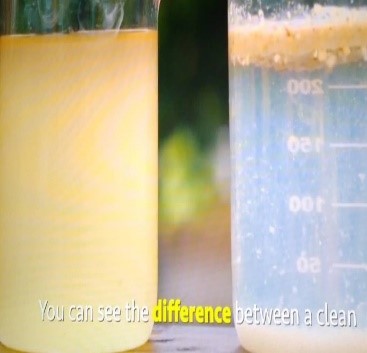
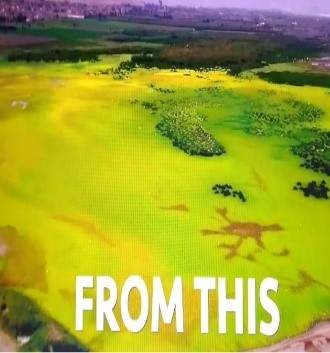
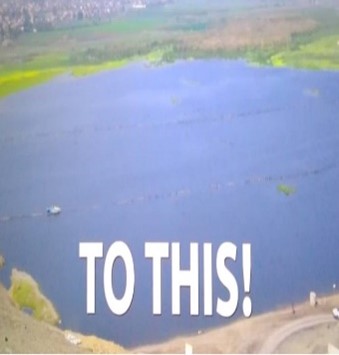
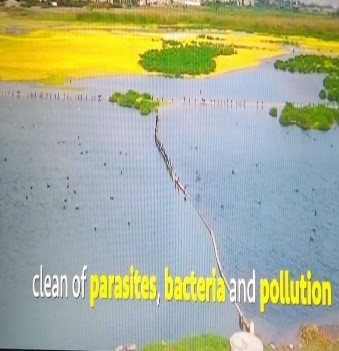
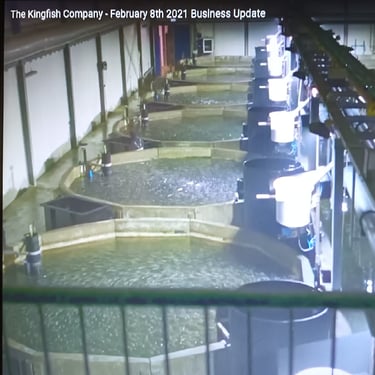
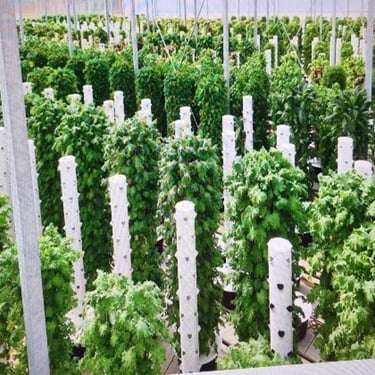
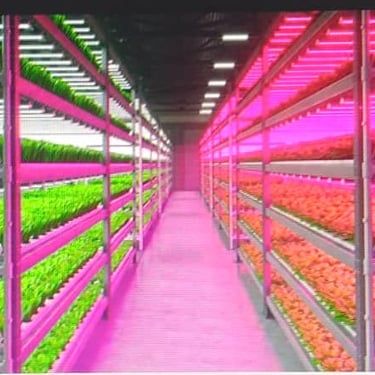
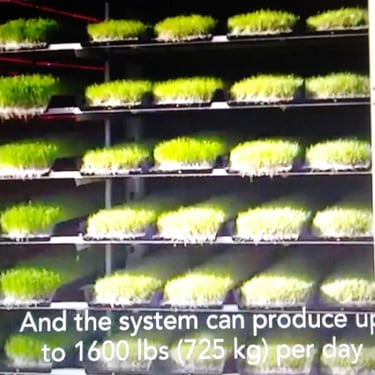
Hi, my name is Benjamin Hattie, and I am passionate about the environment and clean energy solutions. I am looking forward to the day where we leave a better world for our children. Compiled by Benjamin James Hattie
In the booklet you will find the following tips on various sustainability projects and ideas I am currently working on.
Fish Farms. https://www.youtube.com/watch?v=QjU5FGm1-Mw
Hydroponics gardening veggie grow rooms.
Hydro grass.
Rubbish recycling. Renewlogy plastic to fuel. Poli brick interlocking wall cladding
HempCRETE and Hemp Blocks
Water contaminated solutions.
Air pollution remedies.
Water Curing Flood migration ideas and solutions, Setting up portable reservoir.
Desert Greening.
Hydrogen Combustible Engine.
Feeding people on a budget.
Affordable housing.
Climate Change.
Disaster Response.
State Of Emergency Relief.
Plants grown and animals farmed sustained Indoor eco systems disaster relief plan.
A self-cure to cancer home remedy.
Web Site links to videos at bottom
Fish Farms
There is not another food group that is harder to produce than fish.
Humanity is still figuring it out how to make enough. With global populations rising, there is a need for sustainable food groups. Ocean water is circled more than once which is reused on the fish farm, then cycled back into the sea. It’s all about sustainability creating enough food. A fish farm is an interactive structure, they grow the fish from A-to-Z Egg to the plate. They start from breeders then grow them all the way to market size. The fish farms do processing and marketing themselves, to the highest level of perfection from packing and delivery to clients.
Inevitably being able to have the root source of the fish to reproduce, and not relying on any natural resources with an outcome to put quality product on the table.
This is the goal of King Fish Farms.
The technology can produce fish to capacity as we build, the more technology the more we can produce. Currently established in the Netherlands, the site is most importantly setup near good water with a massive market and a species that can do very well, providing a logical way to start up shop. A need to be very dedicated, a team will need to watch the tanks 24-7.
The team needs to strive and be dedicated to learn, to make it better and better all the time.
This can be a big challenge but with the right people and the right technology we should do very well.
Kingfish is a extremely versatile fish, a fantastic product to work with. It’s not seasonal, and a top-quality fish. The technology is proven, to start a company from the ground level, to establish a new position. A high protein market, they had 677 tons of produce in one-year (2020). After 3 years of continuous operation, they are exceeding design level out puts and are able to produce as many fish to capacity of the designed Build.
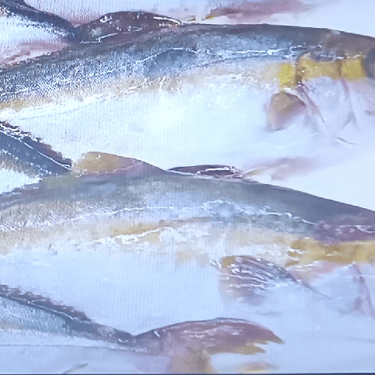
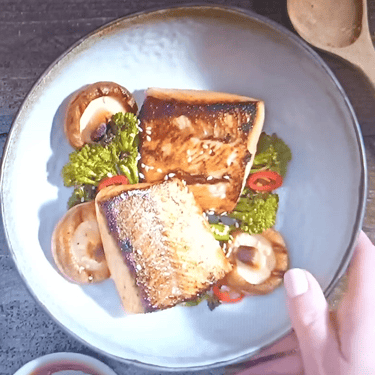
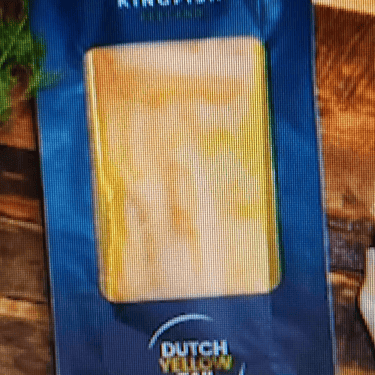
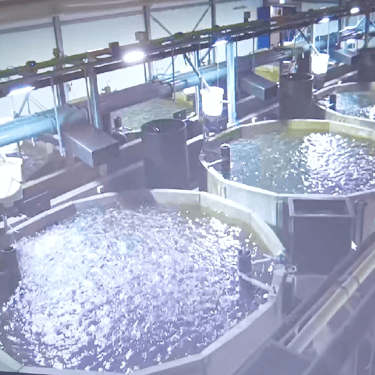
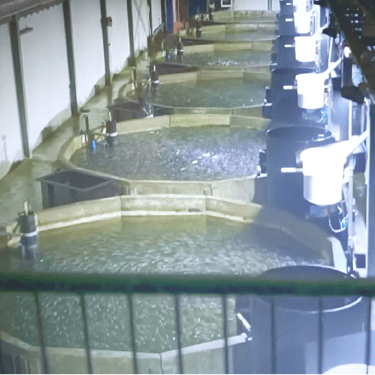

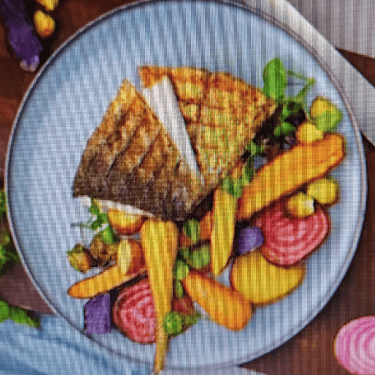
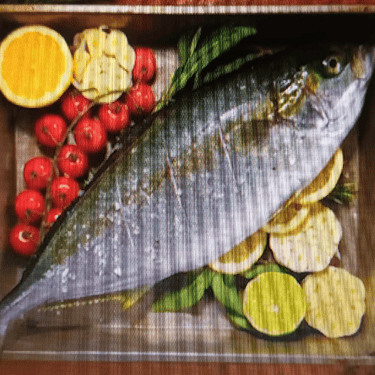
An Introduction to Hydroponic Technology.
Hydroponics is a high-tech method of growing plants in water rich in mineral nutrients instead of soil. Hydroponics is an ideal concept for today’s agriculture sector which struggles to find new fertile lands for crop productions and will enable crops to be grown in greenhouses or in multilevel buildings.
Types of Hydroponic Growing Systems
The various types of hydroponic growing systems currently available include:
Aeroponic System
Aeroponic systems require only air and some nutrients. The crops are suspended on a tray which contains water and nutrients at the bottom, with the roots hanging in the air. The roots are misted with the nutrient-rich water every few minutes and a timer controls the nutrient pump. This system can be used only for large commercial ventures as it is tough to set up and manage.
Drip System
The drip system is the most widely used type of hydroponic system. Nutrient-rich water is pumped via small tubes and drips on to the top of the plants, with a timer controlling the submersed pump. This system is ideal for smaller plants with undeveloped root systems.
Ebb and Flow System
In an ebb and flow system, a plant holding tray is temporarily flooded with nutrient-rich water which is then drained back into a reservoir. A timer controls a submersed pump to perform the tasks several times a day, with perlite or gravel used to provide the plants with a level of stability. This system is suitable for home use.
Nutrient Film Technique System
In a nutrient film technique system, plants are supported in small plastic baskets in a tray with their roots hanging into a nutrient solution. This system is designed to provide a constant flow of nutrient solution to the tray over the plant roots. The solution then drains off into a reservoir. This system is ideal for plants with large established root systems such as tomatoes and cucumbers.
Water Culture System
In a water culture system, a Styrofoam platform containing nutrient-rich water holds the plants. An air pump supplies air to a bubbling stone that aids in the release of the nutrient solution and the supply of oxygen to the plant roots. This system can be only used for a few types of plants such as leaf lettuce for example.
An Introduction to Hydroponic Technology
Wick System
A wick system contains no moving parts, with growing mediums such as perlite or rockwool used in the tray. A nutrient solution is released into the tray via the wicks. The main advantage of this system is that it requires no pumps or timers.
Tower Farm
With Tower Farms, you can grow up to 30% more food, 3x faster – while saving up to 90% more space and 98% more water compared to traditional growing methods. Plus, there’s no digging or weeding.
reservoir containers filled for watering.
The Benefits of Hydroponic Technology
The key benefits of hydroponic technology include:
• Soil is not required
• Water remains in the system and can be reused, thus saving water
• Nutrition levels are controlled, thus reducing nutrition requirements and costs
• The controlled hydroponic environment ensures that no pollution from the nutrients is released
• Plants are healthier with higher yields
• The container is movable, thus pests and diseases can be easily controlled
• Easy harvesting with shorter harvest time
• Hydroponic plants are better for consumption
• Plants have direct access to nutrients and do not need to develop extensive root systems
• There is no damage due to pesticide
Sustainable Microfarms have developed a hydroponic system called a Genesis Controller which can regulate nutrients, acidity, and temperature of water. Plant growers do not have to be experts in growing any plant using this new system Hydroponic technologies. https://www.azocleantech.com/article.aspx?ArticleID=492
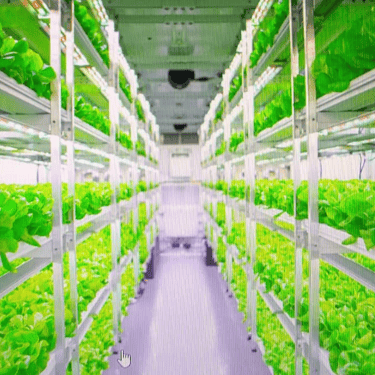
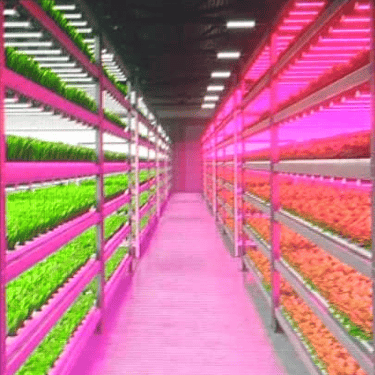

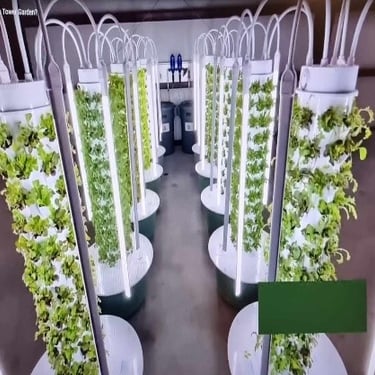
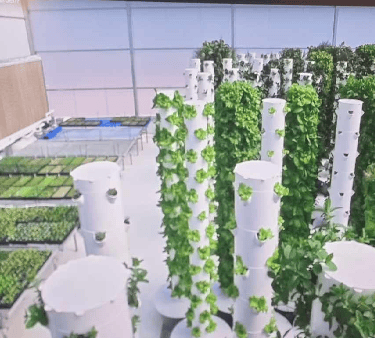

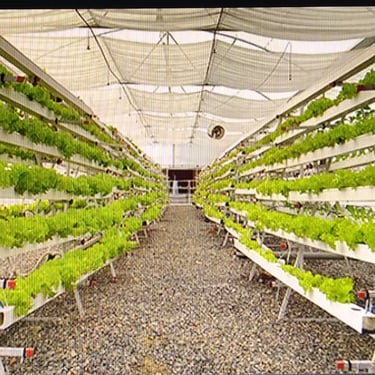
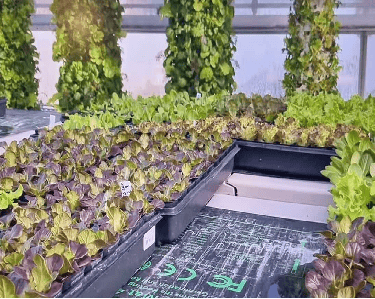
Hydro grass...
This system can be a sustainable solution for livestock feeding.
The hydroponically grows grain sprouts like barley and turns them into animal feed in less than a week.
Livestock can eat the whole product including the nutritious root mat, this means there’s almost no waste in the growing process.
The system provides fresh feed regardless of weather conditions.
Operations can control the temperature, watering rates and light sequences.
According to Fodder Group, the company behind this system, the sprouted fodder can feed a wide range of farm animals. Such as dairy cattle, sheep, horses, pigs, and most poultry species.
The production of sprouted fodder costs around $0.6/lb ($1.3/kg) And the system can produce up to 1600lbs (725kg) per day
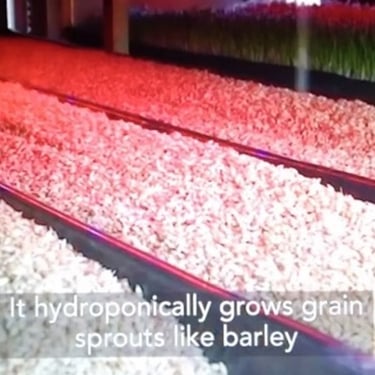
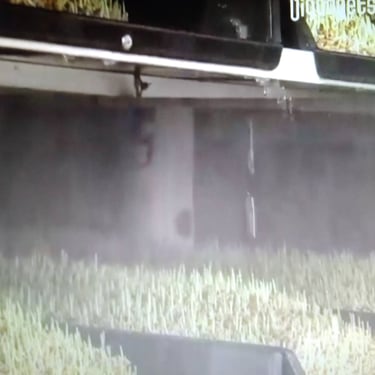
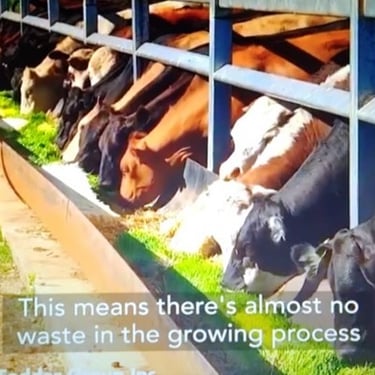
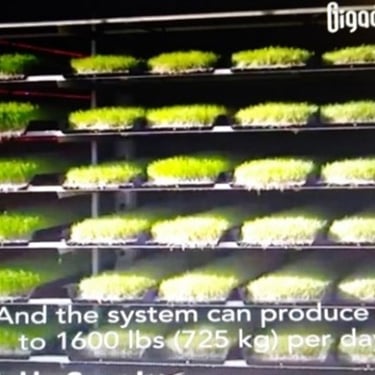

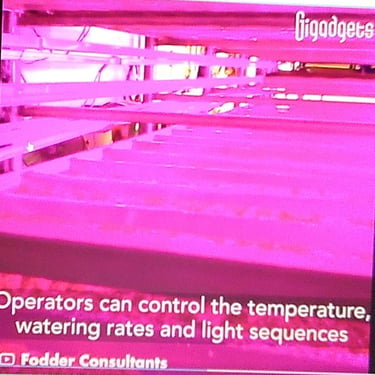
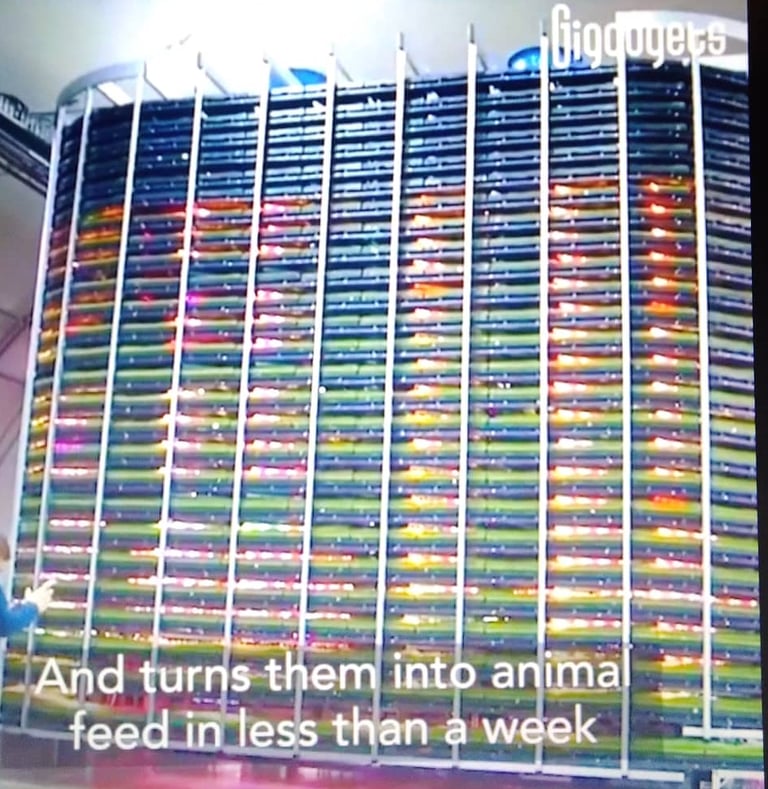

Recycle Plastic, Knowledge of Machines and Product.
Pre-sorted plastic will make it easier for companies to use recycled plastic in their machines.
I contacted a company which collects plastic, and there are 7 different plastic types and at least 2% contaminants in the recycle ton bags. For those who would like to use recycled plastic for new projects, they would need to sort the different types of plastic and remove the contaminants before they're able to start their projects. If a contaminate comes through the machine it can cause a shutdown, which loses cycles and which is very costly. Recycled plastic goes through 2 processes, Shredding down to manageable pieces, then Granulating into pallets.
If there are Waste-plastics, then they also need separating of contaminants and washing. Even then the material does not run quite the same in production moulding as new material. 90% of their New materials cost no more the $1.80c per kilogram. To make a saving they have to buy recycled plastics at little more than $1.00 per kilogram. The only place they have got such material from, is a recycler in Palmerston North, - who uses pure industrial waste not residential waste that needs sorting / cleaning.
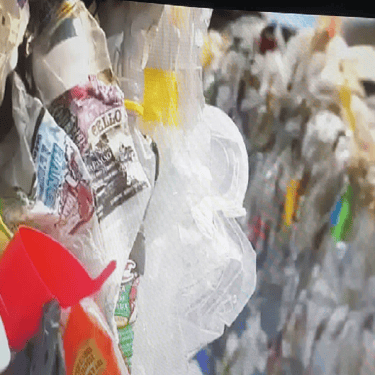

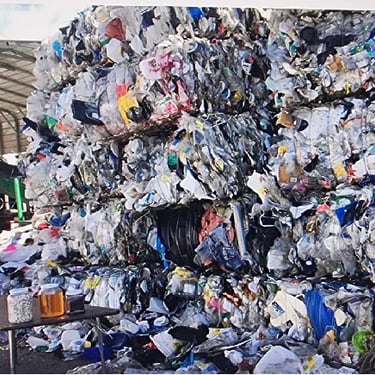
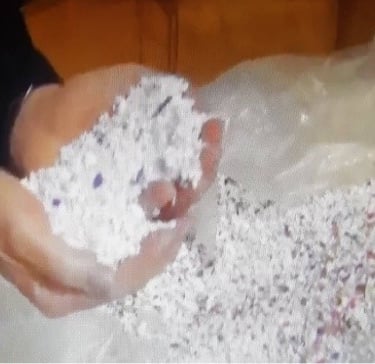
7 types of plastics 3 of which were unable to be remodelled. (Renewlogy.)
A lady in Australia (Priyanka Bakaya) has come up with a way to reform plastics which were unrefinable.
She has made a machine which can shred, smelt, and cool plastic into diesel and other fuel products.
The plastic that before was unrecyclable can now be used.
(Renewlogy plastic to fuel). Renewlogy is a company solely based on converting all types of plastic into diesel. Plastics bottles, bags, yogurt cups, straws and more are collected. The plastics are shredded and chipped up into tiny pieces almost like confetti, which is then melted in an extruder. One unit can take up to 10 tons of plastic and turn it into 2,500 gallons of fuel daily. Using Renewlogy we can fuel pickup rubbish trucks, using recycled plastic to make more Recycle wheelie bins. After the plastic is better sorted, we can continue granulation and production with the hope of less contaminants.
This will be easier and more cost effective. Sorting the plastic, glass and paper into different bins will help a company using recycled materials, preventing contaminants coming through the machines.
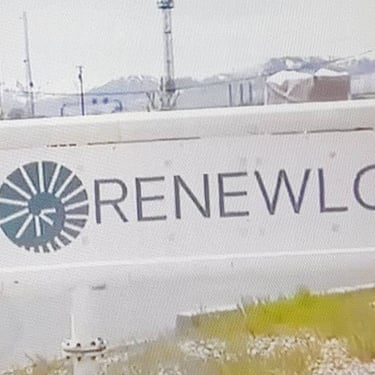
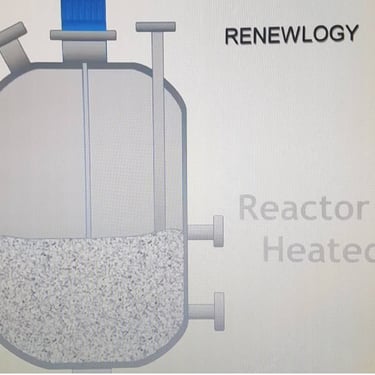
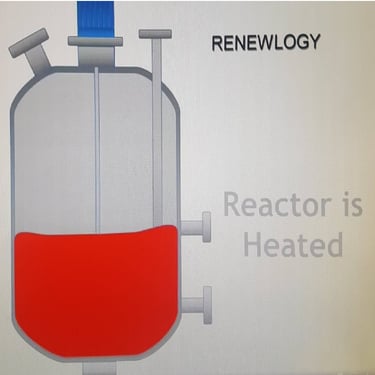
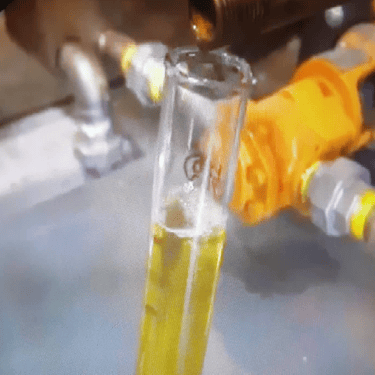
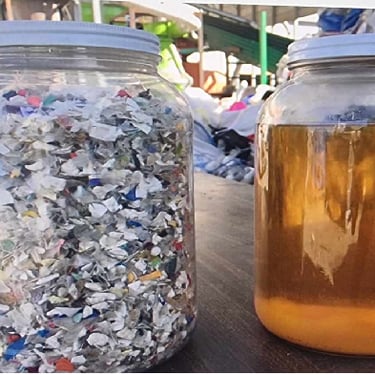
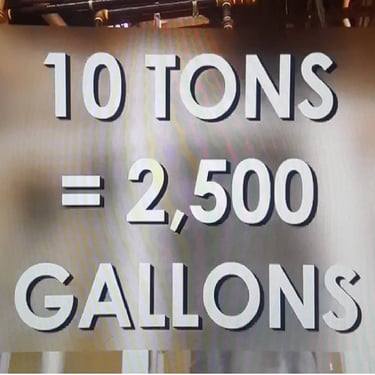
Recycle Plastic, Knowledge of Machines (Poli Brick.)
I contacted a recycling plant in Tai Won who had come up with a product called the
Poli Brick.
We can create housing using Poly Brick. Poly-Brick is an interlocking wallcovering system that features thin bricks embedded in polymer concrete “Glue”.
Pieces can be installed over exterior or interior walls. as the poli brick fits in containers and can be moved easily when needed.
They have stopped production as the need for constant production wasn't there in TaiWon.
Since they couldn't keep manufacturing and paying wages, they have since moved on and are doing different designs and products focusing on recycling products.
The Poli brick is an interlocking frame (if set up correctly), can be used for construction making buildings at 1/3 the cost using plastic instead of wood concrete or glass
The Poli-bricks for future builds and for water catchments reservoirs are 1/3 the cost. Fence posts, buckets, slides, Tower Farms Hydroponics, water tanks and more almost any mould which can be thought of, can be turned into a plastic product.
Using Poly-Bricks we can use plastic to an advantage, by saving the environment and making affordable housing products and more.
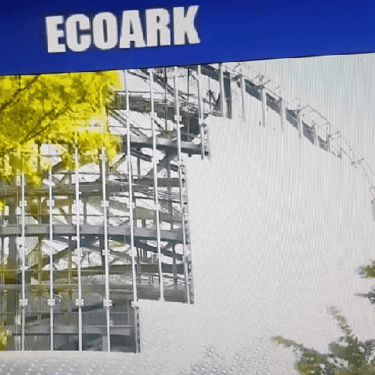
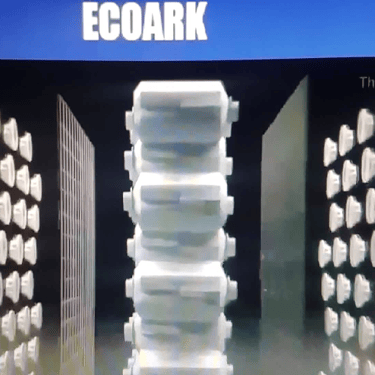
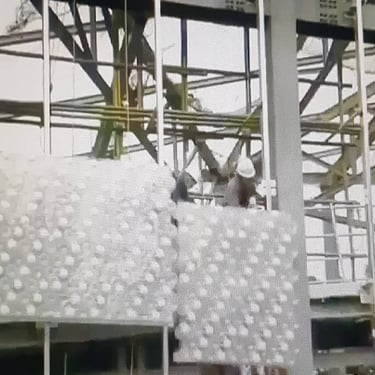
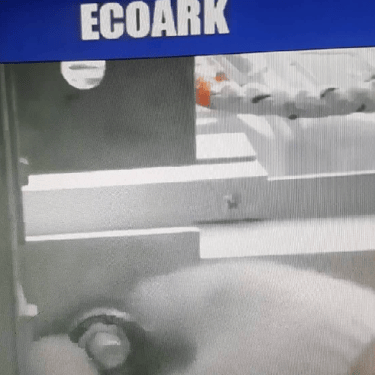
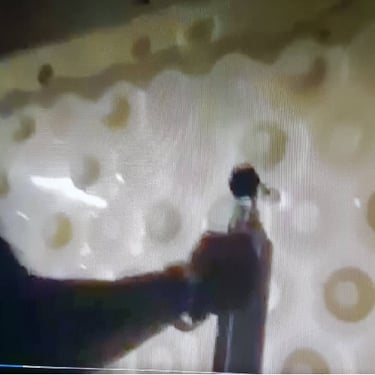

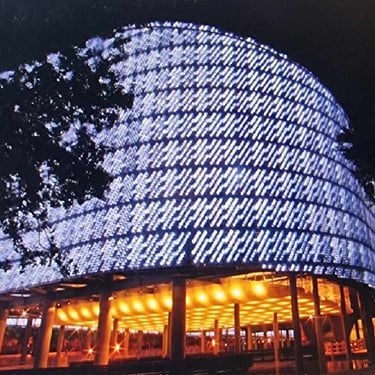
HempCRETE..
The next eco-building material is Hemp. Ideal building material for interior comfort and air quality.
It’s a versatile product that can be used for clothing, producing seeds for oil, and eating, ropes, food, and more. Hemp has been spreading worldwide as an alternative to traditional building materials.
The mix is comprised of hemp herd which the inner core of the hemp plant and is mixed with lime, witched has made it easier to integrate hempcrete into current building standards.
This combination results in a flame-resistant has been tested over 2hours fire rating with 100 structural integrity, pest, resistant, moisture-balancing, and strong, biodegradable insulator, less heat can pass through the hempcrete then it can through concrete, keeping your house warmer in the winter and cooler in summer.
Means hempcrete will save money on a building’s energy bill and maintenance costs over the product’s entire lifespan.
Hempcrete is suitable for constructing self-insulating walls, roofs, and screeds, and it’s adaptable to new construction or renovations.
For a quick cost comparison, concrete is cheaper that hempcrete, costing $85 per square meter, while hempcrete on average, cost $135 per square meter.
But hempcrete can provide from 50% to 80% in energy savings, mainly with heating and cooling, reduces the amount of noise transmission between the wall and the inside and outside.
Hemp is carbon-negative, sequestrating more C02 from the atmosphere than is emitted during production. One hectare of industrial hemp can take 15 tons of C02 from the atmosphere.
When it comes to compressive strength, which is basically the resistance of a material to crushing before breaking, concrete can easily achieve compressive strengths ranging from 3000psi to 4000psi.
On the flip side, hempcrete reaches much lower levels from 72.5psi to 507 .6psi, but that can be addressed with additional supporting frameworks…
However compressive strength isn’t the only measure of strength.
Hempcrete is three times more resistant to cracking than regular concrete during an earthquake where shear loading (trying to tear) becomes more important.
Although hempcrete is exceptionally lightweight and has excellent insulation properties, its
Not as capable of being a load-bearing wall by itself.
You cant build a houses foundation with hempcrete on its own.
Materials like wood or steel still need to be used to create the basic structure, in addition to traditional plumbing and electrical materials.
Although hempcrete has some cons, there are some newer hemp products that can make up for that. It’s an incredibly versatile product.
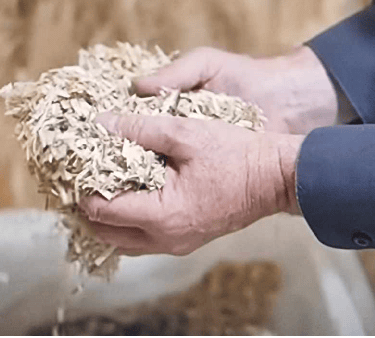


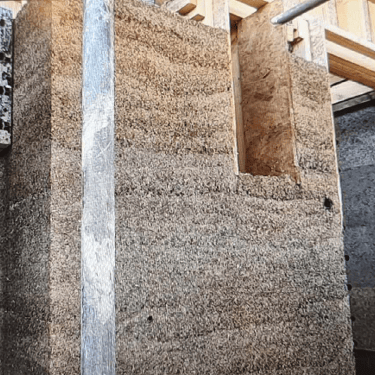
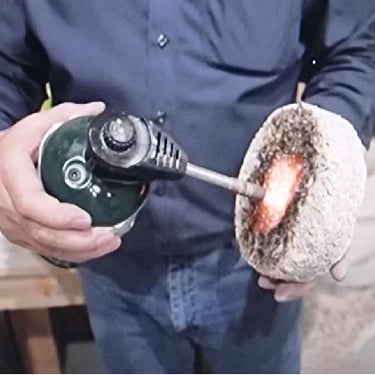
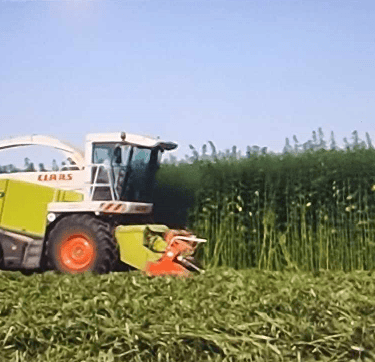
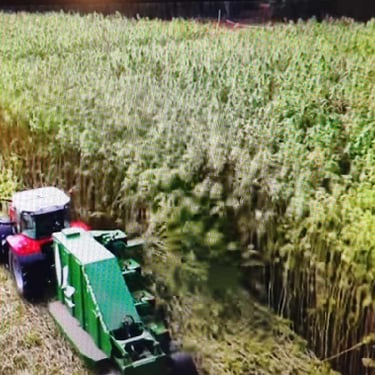
Although hempcrete can’t replace concrete for all applications, there are several benefits to using hemp for building sustainable homes. It can provide a healthier environment for homeowners, the savings with heating and cooling, and help build a more sustainable world...
The process was taking a extraordinarily long time witch had to dry as well. Which is why they designed hemp blocks to be used practically for building products,
HempBlock, Bio Fiber
Which is still more expensive than conventional building materials but way superior as far as the performance of the building once its done.
Its hempcrete with the load bearing capacity of high performance of concrete.
So your getting all the benefits of a concrete wall with half the weight and the insulation values are 10 times more, it meets or exceeds the passive house standards for energy consumption.
The blocks have been developed to be easy to handle, there only about 25pounds (11.33Kg).
They stack and interlock together and makes a integral structure that becomes monolithic (rigid, unchanging.) once they’re all put together.
Its fast to work with so there’s no waiting for anything to dry once you stack the wall up its ready to go. Mortar is put in between to seal them for air gap. Can be plastered finish.
Can build multi-story buildings, roof trusses right on top of it.
Its hemp and lime wrapped around a structural frame, has conduit holes for electrical, can be cut on site.
Hemp is rapidly renewable witch means it grows quickly 100days or 3-4 months.
The structural frame goes inside the block it has a high compression ratio that can withstand as much pressure as concrete, same for shear strength for wind and hurricanes and earthquakes. The load goes amongst the whole wall assembly not just a point where it meets the ground.
Theres a bunch of benefits that has been designed into the block to make it stronger and a better way to build.
It looks pretty simple, but there is a whole lot going on in the material choices and in the way its built, that makes it a excellent building material.
For residential and commercial buildings and institutional as well.
This product won’t deform.
This Is a demonstration wall which show the interior of the hemp blocks what they look like, can see the interior frames which can be cut with a band saw, blocks can be cut in half to make a flush end.
Has been tested over 2hours fire rating with 100 structural integrity, reduces the amount of noise transmission between the wall and the inside and outside.
The beauty about hemp is it sequesters 1.6 times its weight inC02, which is a great carbon sink. About 10 tons of carbon for every house.
You cannot use hemp lime below grade because it will decompose, so they made a product that can be made out of either recycled plastics or out of soybean oil to create foam, a water proof block just like hemp blocks that you can use below grade now, and its super light the same thing goes up real fast, finished like it was insulated concrete form except there’s no concrete.
A manufacture of sustainable building materials,
By the time the building is finished it’ll actually have a negative carbon footprint,
Currently there are pilot facility’s and they are working towards commercial production.
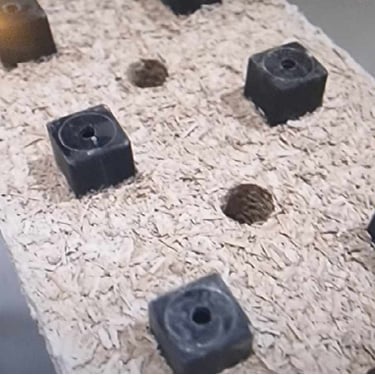
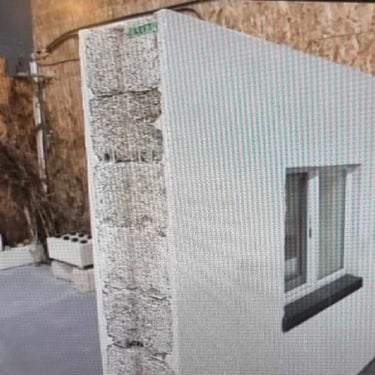
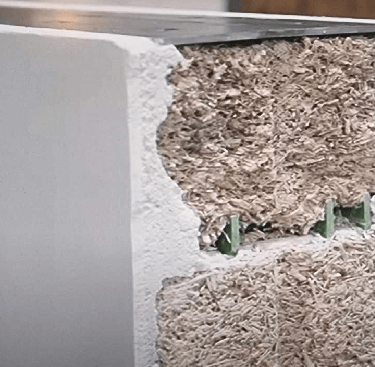
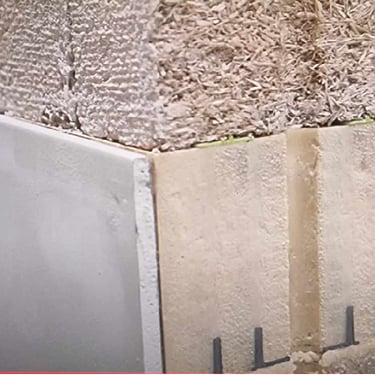

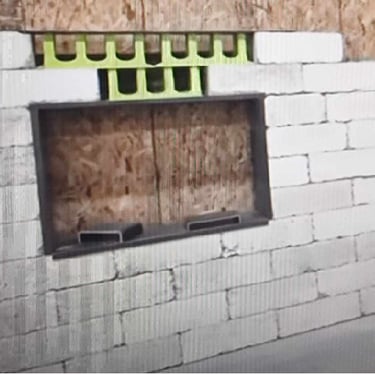

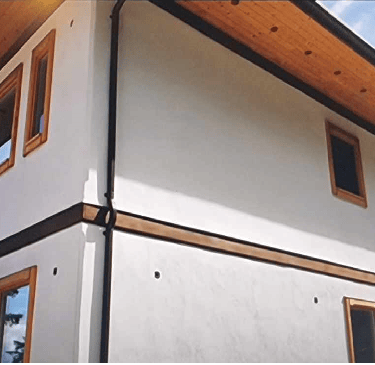
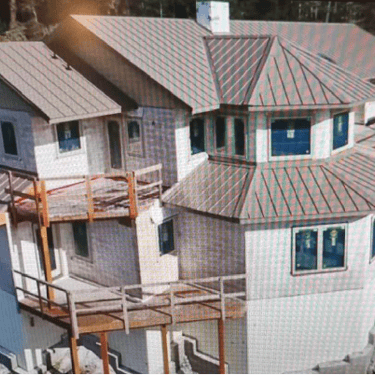
Water curing Removing rubbish and contaminates from polluted water.
Compiled by Benjamin James Hattie
A team effort for a cleaner tomorrow. Data has proven that 40% of the lakes and rivers around the world are contaminated.
A movement helped by volunteers have already succeeded in water curing (Decontamination.)
They have removed the rubbish and set up cages to catch future rubbish
They have filtered entire lakes. With their procedures we can help with their movement. (“completely organic”), Clean of Parasites, Bacteria and Pollution, We can all help!
https://www.youtube.com/watch?v=O6JseTWJCpY
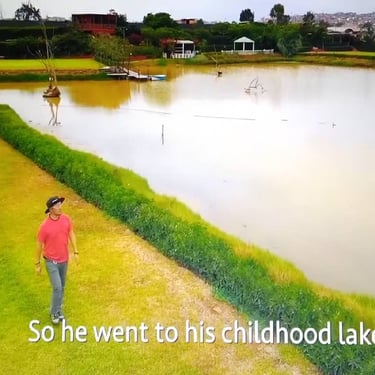

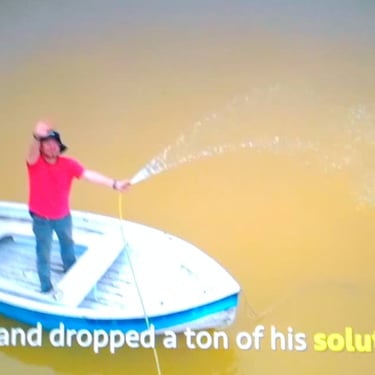
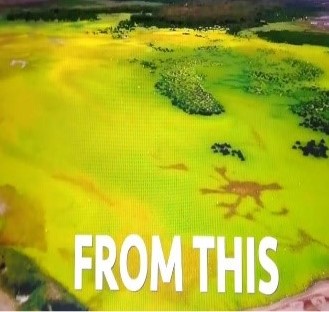
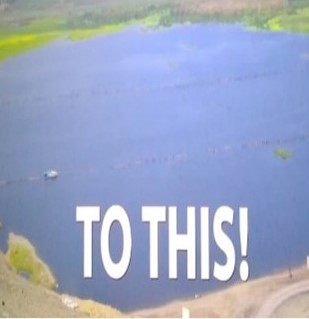
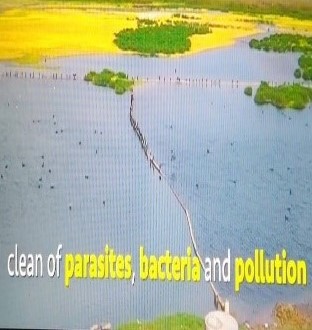
Air Carbon Neutral goal in polluted cities, also has water restrictions in mind.
Hydro Planter boxes Tower Farms an oval chain that rotates up and down a building, platform mechanics to be harvested and watered on 2nd level, in polluted cities we could grow Hemp. Hemp breathes 4x more carbon than other plants.
For cities with water restrictions, pipes connected to hand washing taps can be connected to water tanks placed on 3rd floor, with a pipe-tap connected to 2nd level, To full water reservoir containers, as the planter boxes rotate up and down around the oval.
Since hemp plants need water roughly every four days. Hand washing tap water should be enough.
This will make for a dramatic change in air quality, removing carbon in the area.
With abundant hemp products available.
Hemp can be used in many products, such as biodegradable cups, bags, concrete, metal, carpet, wood, insulation, housing structures, clothing and more!
Hemp seeds can be used for oil and a milk substitute. hemp also has a quick growth life of around 100 days (3-4 months).
Using tower farm as the planter box system can grow on many floors rotating when watering is needed, this will do what it can for the atmosphere. Our atmosphere goal is to be carbon Neutral.
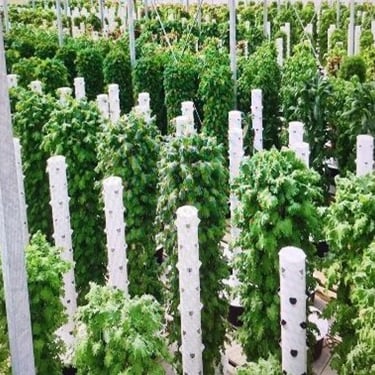
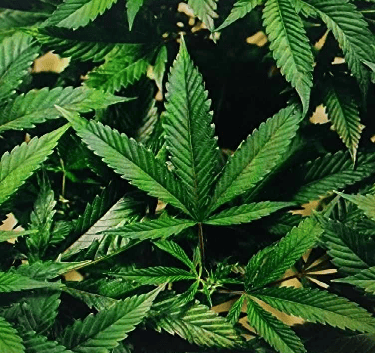
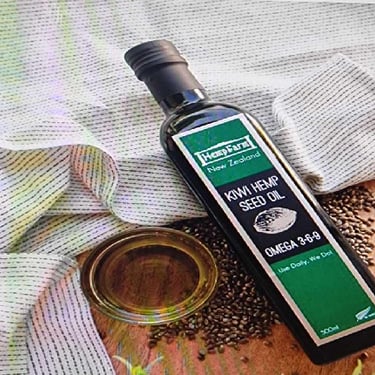
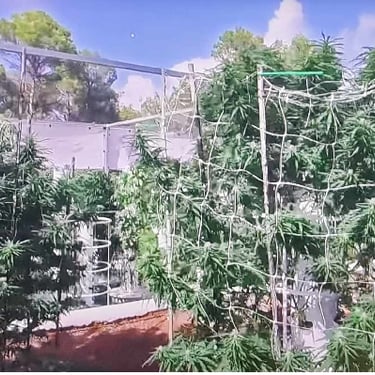
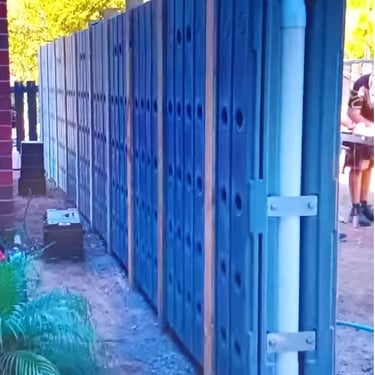
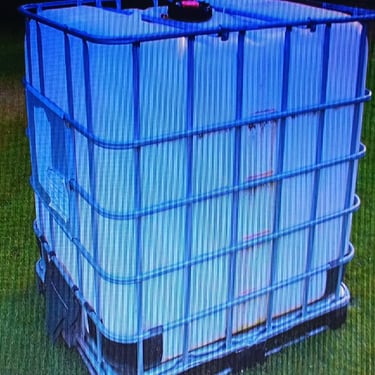
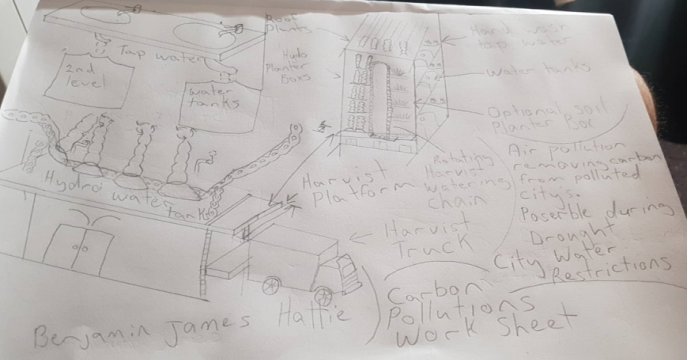

Water storing, mobility for floods.
A water Catchment Reservoir linked by pumps to new catchments we can store more water and move it directly to areas in need.
Pumps power indicates how far apart the catchments are spread out.
Waters Helping farmers waiting for rain as we experience drought in our summer months.
We can try to redirect flood away from housing.
Poli bricks can be used as water tanks or reservoirs instead of concrete as it fits in containers and can be moved were needed, pumps giving us extra distance from city to city...
Pool that with level ground, then hydraulics to empty (push water up) along a slide to another pool could transport water without a pump.
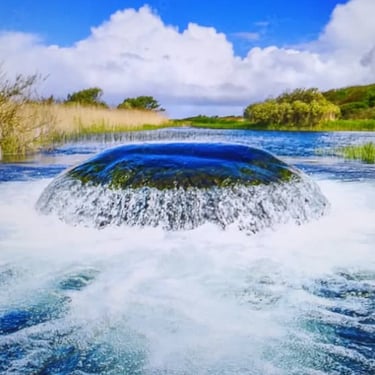
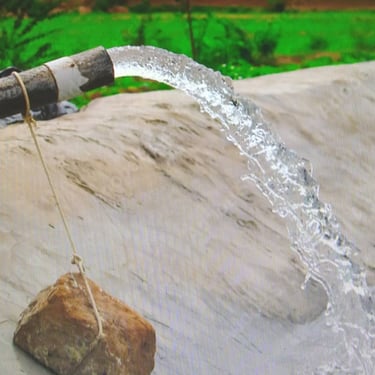
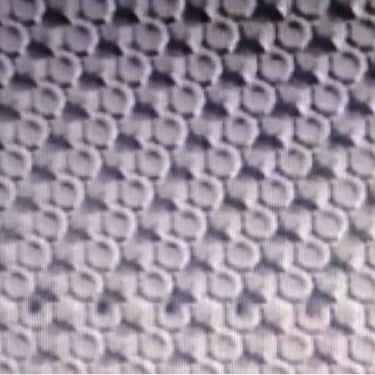

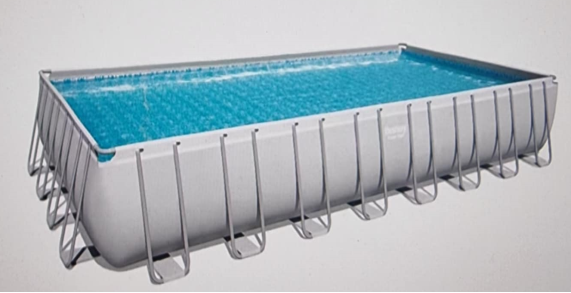

Desert Greening.
People laughed at him (Goave} when he planted trees in a DESERT! But later they were all SHOCKED.
There is a story of a man from India whose forests were cut down and left barren. A flood came in and washed the animals away later leaving piles of dead snakes and animals.
The land had become a desert, a very big island where he lived in India, he thought if there were more trees around the animals might have been saved, he never wanted this to happen again.
He began planting Bamboo, starting with only 20 seedlings then they took root in the sand and even turned green, thus starting his lifelong mission.
Over time the sandy shore turned into a green oasis.
The locals in the area saw that the new trees that had been planted were taking root, and started to help,
The government saw the progress and then started to help as well.
Of course, with the other people involved the progress was much faster, and they managed to plant 200 hectares of forest during their cooperation.
Today the forest clears 10 square kilometres more than 1000 species of trees have been planted there, attracting many animals Tigers’, Rhinos, Elephants, Deer, Rabbits, Monkeys.
Several species of Birds including Vultures go there to feed and have started yearly migrations to the area.
Elephants spend a ½ year there at a time annually. 13 Elephant calves have been born there. The forest was given a title of a reserve. Ecologists go there to study, paying regular visits.
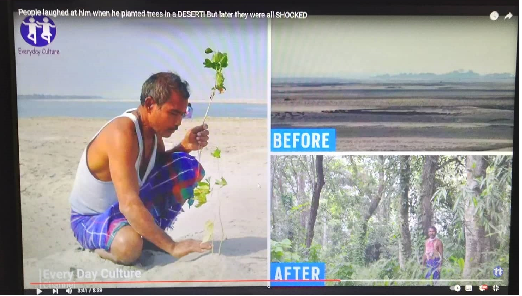

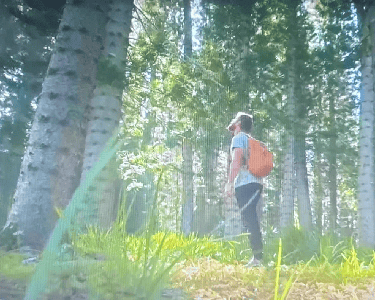
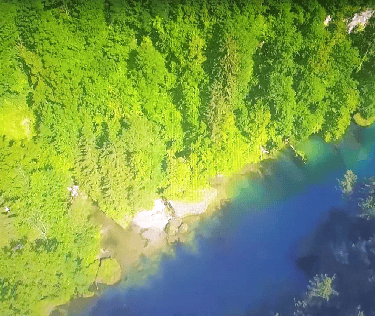
Hydrogen Combustible Engine
A new technology that uses water to power a car.
We’re talking about a brand new, revolutionary hydrogen vehicle, which has many applications.
Using fuel cells to generate electricity. Hydrogen is an abundant element.
It’s exhaust-free and non-toxic and can be created using many sources, stored independently. And shipped relatively easily.
Millions of tons of hydrogen are produced and used without incident every year, and it’s already being used as a power source in buildings, electric cars, forklifts, ships, and trains.
Hydrogen engines have longer ranges and don’t need to be recharged like electric cars.
And the only byproduct that comes out of the exhaust pipe is… water! No harmful pollutants.
All hydrogen engines use fuel cells, which converts hydrogen into electricity.
Automakers all over the world are working to create environmentally friendly cars using soler energy, electric energy, and hydrogen power.
And, once produced, hydrogen is also efficient and cost-effective to distribute.
Most new vehicle hydrogen refueling stations create hydrogen on site with electrolysis,
Using 100% renewable surplus energy. These stations are containerized and only require water and power to operate.
Hydrogen-powered internal combustion engines, the future of automotive technology.
With 5 kilograms of hydrogen, the car can be driven for up to 300 miles-and the only thing it emits is 50 liters of water! It’s about providing energy security, improving air quality, and minimizing environmental impact.
Vehicle propulsion has come a long way since the 19th century.
Today we have internal combustion engines, and the newly favorite the electric motor.
But we also have rotary engines which is a type of combustion engine, with smoother and better operation.
Mazda is a huge fan of these engines, and they are rolling out a new engine that they believe will challenge the EV industry.
Mazda has made improvements on the rotary for the modern age, they are focusing on efficiency and sustainability. A more refined and eco performance. A leap forward with better fuel economy.
A notable enhancement, they have improved ware resistance increasing the engine longevity and reliability. These new rotors are being built as range extenders, instead of powering the wheels the rotor engine spins up a generator. This generator then supplies power to a battery or to an inverter, Will be used as range extender for an electric motor or could be used in a hybrid., which can give you a 50% extra range. (When there is a need.)
Mazda is bringing back the Rotary with a modern twist, with a new fuel option with a,
1200 Miles range in a single charge. (That’s 1931.213 Km) They hope to enhance efficiency.
Cheaper to maintain and rebuild. With less parts can cost 50% less than an electric vehicle.
Witch in turn charges an electric motor that powers the vehicle.
With compact size and smooth operation.
Rotary has some difference to piston engines, with less moving parts. Standard 4 stroke piston engines have 40 moving parts.
A single rotor rotary engine has just 2 moving parts, the rotor, and the shaft. Second rotor only 3 moving parts
The reduction of moving parts not only simplify the engine construction but also offered advantages,
Including reliability and reduced maintenance requirements.
Has quiet and smooth operation.
There has been a transition for gasoline power to electric power engines, but that’s all about to change.
With fewer parts than traditional engines, offering enhanced reliability, and lower maintenance needs. With a smaller size and less weight.
With a relatively simpler assembly process, with less need for oil and coolant.
The plan to launch 2 new electric Vehicles, under the 25000-price bracket. With smaller battery packs, and a rotary range extender.
Also experimenting with Propane fueling options which will transform this Vehicle into a portable power station that could self-charge.
Another viable energy supplier…
There has been an upgrade to the rotary, they have changed the shape to a peanut witch has increases (improved) the seal making the engine even better...
New batteries are about to be released into the market with faster charging, more powerful output making hybrids even better hydrogen fuel, rotator invertors, faster battery charging and power output all together.
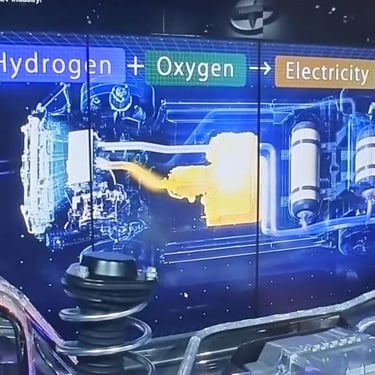
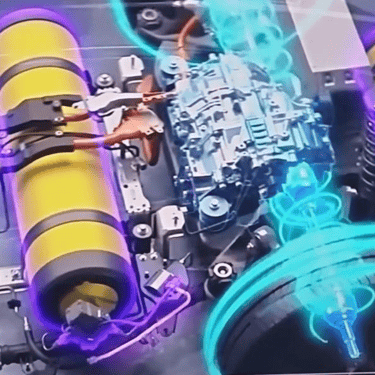
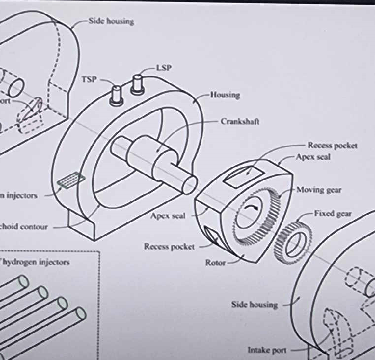
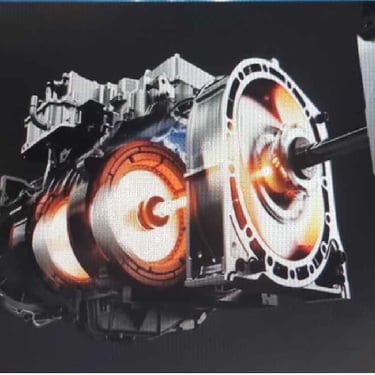
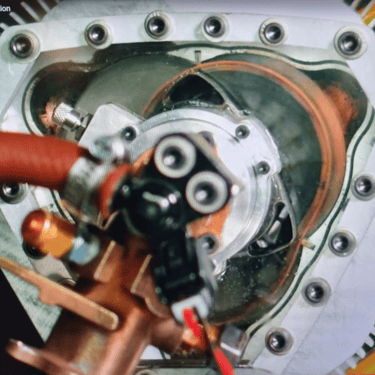
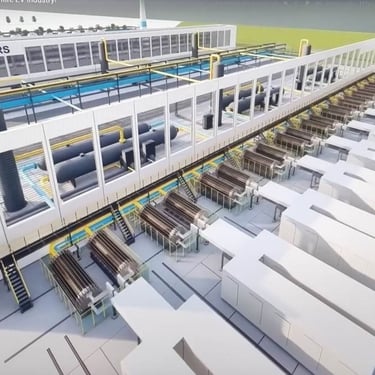
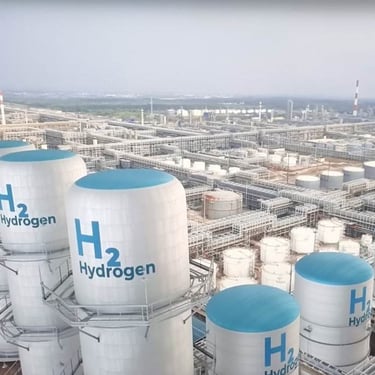
To truly be prepared for a disaster in communities.
Communal Gardens, Farm without borders…
We need to be aware that food and water resources might not become available in small areas that are completely dependent on supermarkets.
So, if supermarkets aren't accessible, food and water can be set up for small communities and villages. Our idea is that people could have a lawn creating a farm-like establishment. Community Gardens. A disaster such as floods or earthquake, comfortable living can be achieved with Preform Constructions. We risk leaving hungry, desperate people and families. The plan can be achieved with effort from communities, thus creating sustainable sources of water and food. For example, one house for water tanks which are then connected to a neighbouring house guttering, and another house planting fruits, vegetables and the land, free yard space for livestock such as chickens, sheep, cows, goats and more. This will also help low income struggling families, in today's money-driven economy. Water Tanks that go slimly along Fences will help with limited yard space.
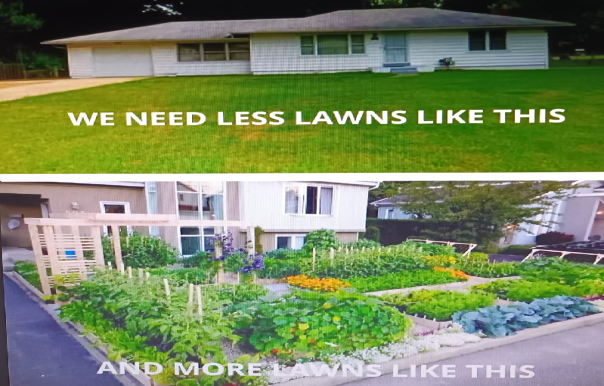

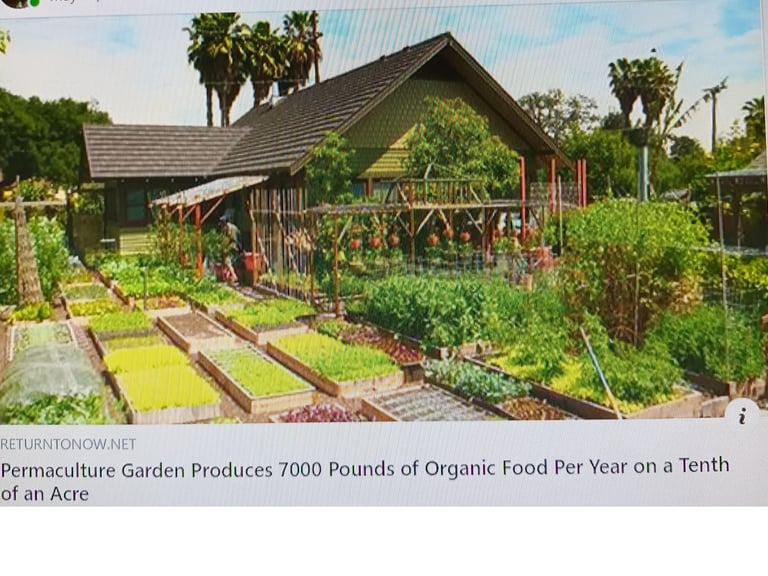

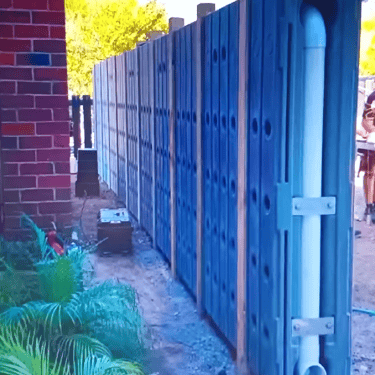
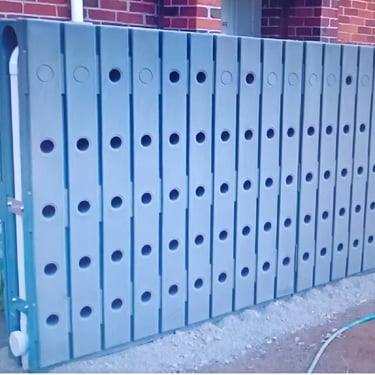
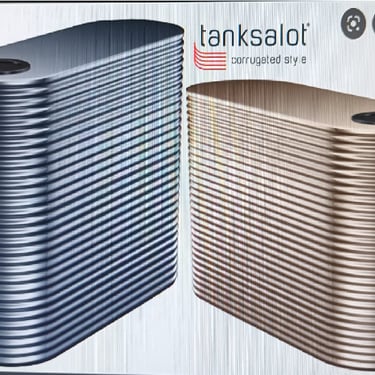
Housing and feeding families on a budget.
A property that is made with the purpose of creating a stress-free environment for those who would otherwise not have a home base community. For those that are struggling at home, or Setup as a retirement village. The basics of life which otherwise would be hard pressed to achieve in today's money driven society.
Setting up a common farmstead home with the purpose of feeding those who live there and selling produce. To help those who are struggling to provide their families with essentials.
To give those a chance to live where today's standards are a given and pave a way for the next generation. A lady had a 1/4-acre yard and was able to feed her household with $3 a person a day and was making $20,000 a year with street sales. To have this up and running would require some forward-thinking homestead with rooms to sleep, communal lounges, kitchens, gardens, sports fields, and recreational areas, Those that live their work fruit picking, other team base workplaces or learn a trade.
Can use Tower Farms, Fish Farms, water tanks, and other technologies too advance food production. All technology should be up to date.
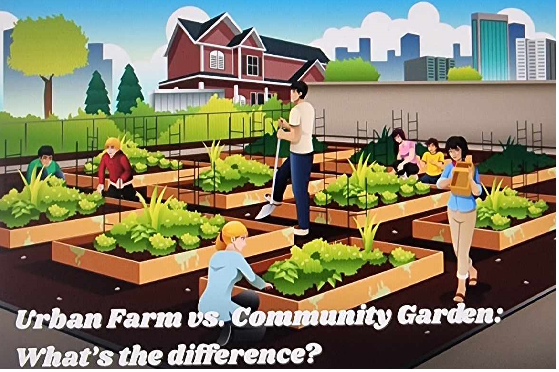


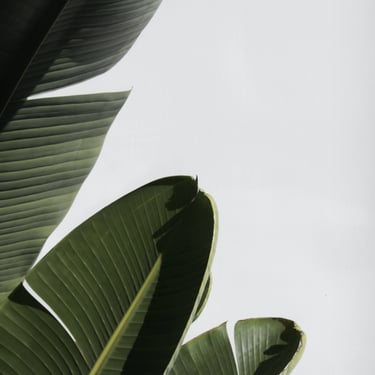
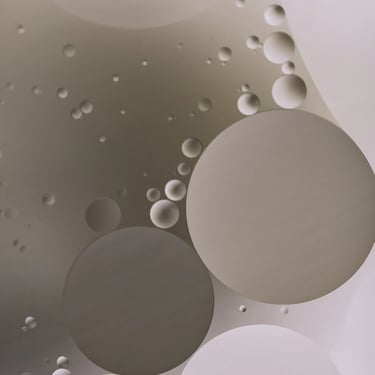
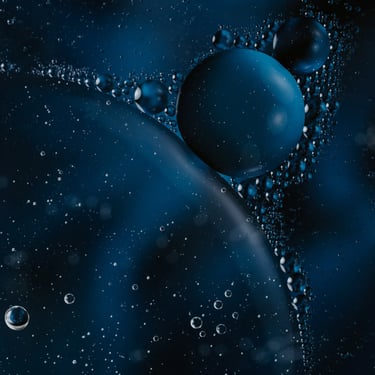

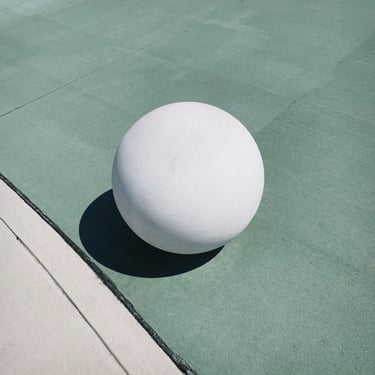


Preparing for Climate Migration: Sustainable Solutions for Coastal Communities
Facing Future! Rapid Ice Loss At Both Poles! Sea Ice Crisis! Sea Level Rise! Coastal Storms! Major Lasting Disasters! In the case of deserted cities and suburban areas citizens will have little to no relief and no way to find shelter, water, and food. Infrastructure needed preparation plan… Firstly, we need to be above expected sea level, with stored water catchments, food, crop rotations, and sustainable living! We’ll need indoor crop rotations! Fish Farms can be built, hydro veggies and hydro grass to feed livestock animals. This can be achieved! Through multi-level buildings we can build reliable life sustaining sources. Inevitably to achieve this plan, it will take Forward Thinking and planning. A picture containing indoor Description automatically generatedDiagram Description automatically generatedA picture containing text Description automatically generatedA picture containing text, food, grass, display Description automatically generated Recycling Plastic, Knowledge of Machines and Product variations. For those that are struggling at home, to feed those that live there and sell produce, we can set up common home farm shear buildings, for people without a home base community. We can do this by using Poli Brick interlocking wall cladding, Renewlogy plastic to fuel,. Once factories setup it will the cost a 1/3 of the price of containable housing, and the 3 plastics that were unable to be remodelled and be reused can be used. A picture containing text Description automatically generatedA screen shot of a building Description automatically generated with low confidenceClose-up of a bunch of plastic bags Description automatically generated with medium confidenceA close-up of a test tube Description automatically generated with medium confidenceWater curing, Rubbish removal and contamination from polluted water. Cleaning of Parasites, Bacteria and Pollution. Air Carbon Neutral goal in polluted cities, also has water restrictions in mind. A picture containing beverage, alcohol, fruit drink Description automatically generatedA picture containing text, plant Description automatically generatedA body of water with a boat in it Description automatically generated with low confidenceA picture containing text Description automatically generatedMind skills known now are only known through discovery, we can form machine procedures then pass down to apprentice workers. If one is to forget any of these skills, it will be hard if not impossible to rediscover, as there will be a lack of experience. Machinery procedure moulds the knowledge of the material, gathering skills needed to be remembered. Videos Cropped into this Booklet. Videos also available Cropped and available on my Facebook page. Benjamin James Hattie. https://1drv.ms/.../EeF-QsXUixtEnJdj-PNXEUYBYRq4f5v95Qy...
Benjamin Hattie
5/8/202419 min read


Sustainable living solutions.






Sustainability
Building resilient structures for future climate challenges.
Preparedness
Innovation
0210673799
© 2024. All rights reserved.
